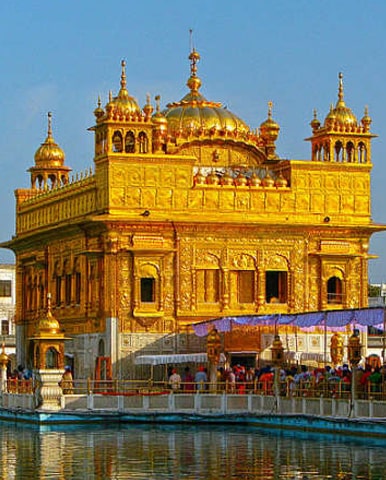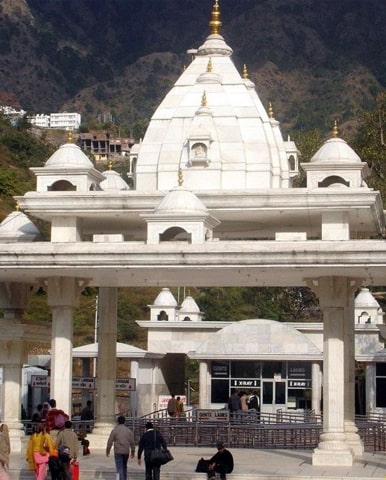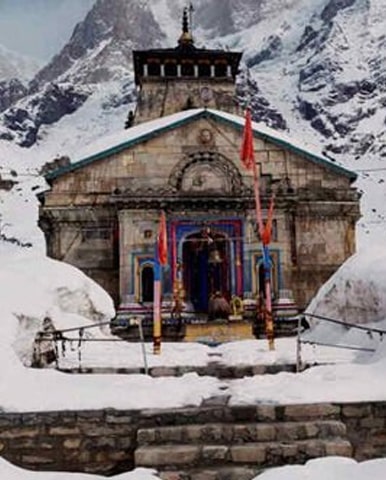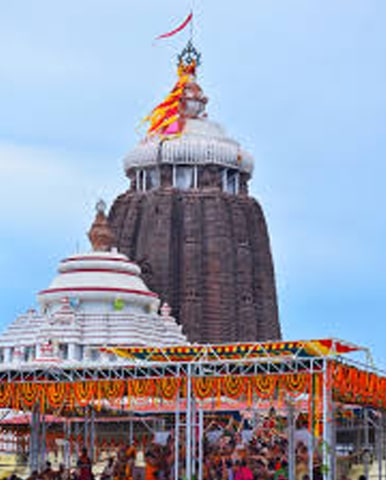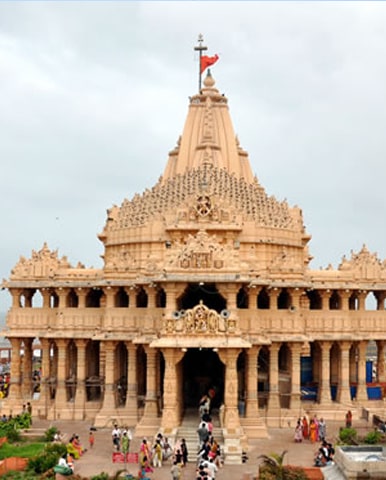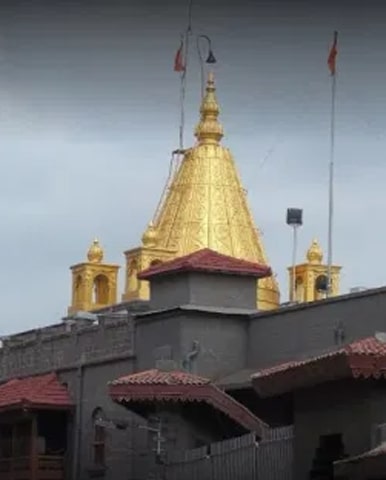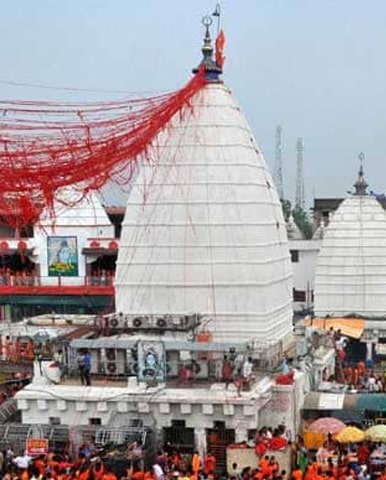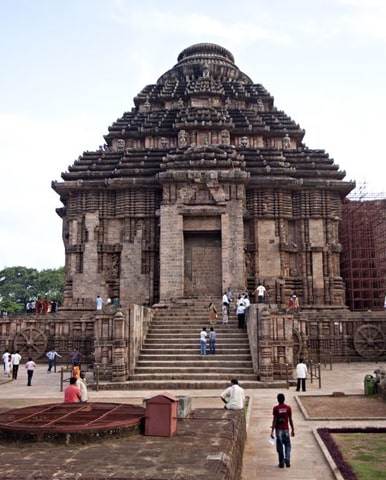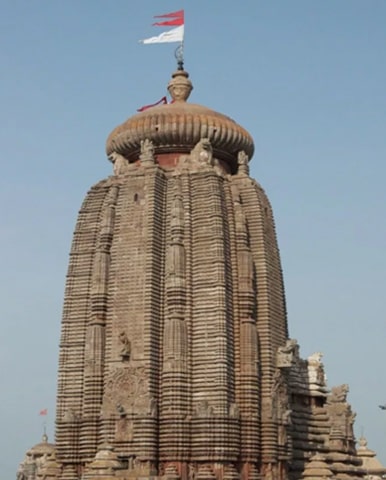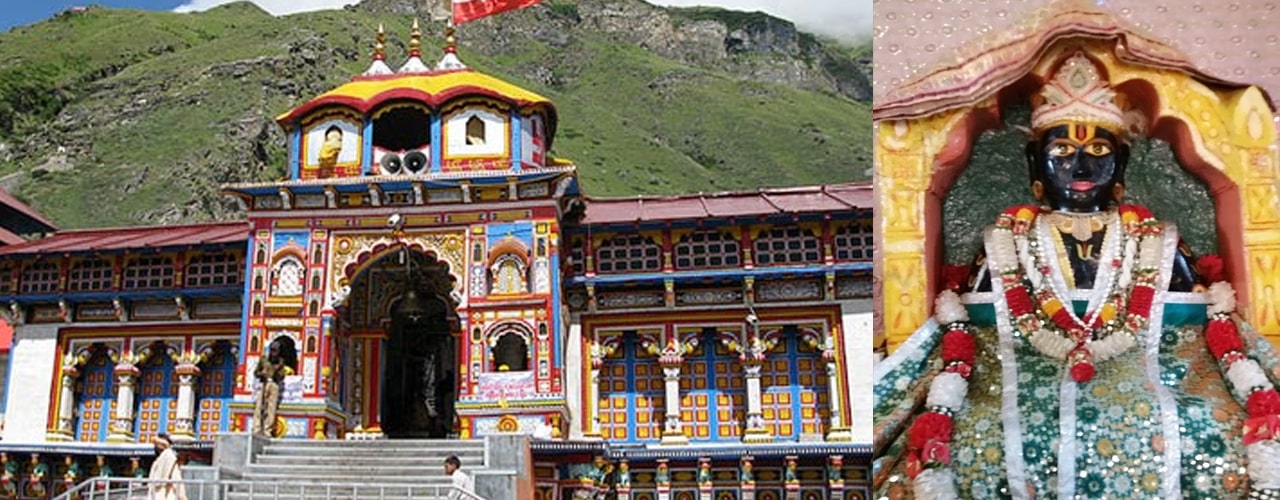
Shree Badrinath Temple, Badrinath
Open for six months each yr (between the end of April and the beginning of November), due to intense weather situations in the Himalayan region. The temple is placed in Garhwal hill tracks in Chamoli district alongside the banks of Alaknanda River at an elevation of 3,133 m (10,279 ft) above the mean sea degree. It is one of the most visited pilgrimage facilities of India, having recorded 1,060,000 visits.
The picture of the presiding deity worshipped within the temple is a 1 toes (zero.30 m), the black granite deity of Vishnu within the form of Badrinarayan. The deity is taken into consideration via many Hindus to be considered one of 8 swayam vyakta kshetras, or self-manifested deities of Vishnu. Mata Murti Ka Mela, which commemorates the descent of river Ganges on mother earth, is the maximum distinguished festival celebrated within the Badrinath Temple. Although Badrinath is located in North India, the head priest, or Rawal, is traditionally a Nambudiri Brahmin chosen from the South Indian kingdom of Kerala. The temple was blanketed in the Uttar Pradesh kingdom authorities Act No. 30/1948 as Act no. Sixteen,1939, which later got here to be known as Shri Badarinath and Shri Kedarnath Mandir Act. The committee nominated by using the state authorities administers each the temples and has seventeen members on its board. The temple is stated in historic religious texts like Vishnu Purana and Skanda Purana. It’s miles glorified inside the Divya Prabandha, an early medieval Tamil canon of the Azhwar saints from the 6th–9th centuries ad.
There is no ancient report approximately the temple, but there’s a point out of the presiding deity Badrinath in Vedic scriptures (c. 1750–500 BC).In step with some money owed, the temple became a Buddhist shrine until the eighth century and Adi Shankara transformed it to a Hindu temple.The architecture of the temple reminiscent of that of a Buddhist vihara (temple) and the brightly painted facade which is ordinary of Buddhist temples leads to the argument.Other debts relate that it was initially installed as a pilgrimage web site with the aid of Adi Shankara in the ninth century. It is believed that Shankara resided in the area for six years from ad 814 to 820. He resided six months in Badrinath and the rest of the year in Kedarnath. Hindu fans assert that he located the deity of Badrinath inside the Alaknanda River and enshrined it in a cave close to the Tapt Kund hot springs.A traditional story asserts that Shankara expelled all the Buddhists within the area with the help of the Parmar ruler king Kanak pal. The hereditary successors of the king governed the temple and endowed villages to meet its prices. The income from a set of villages at the direction to the temple turned into used to feed and accommodate pilgrims. The Parmar rulers held the name “Bolanda Badrinath”, meaning speakme Badrinath. That they had other titles, which include Shri 108 Basdrishcharyaparayan Garharaj Mahimahendra, Dharmabibhab, and Dharamarakshak Sigamani.
The throne of Badrinath became named after the presiding deity; the king loved ritual obeisance via the devotees earlier than proceeding to the shrine. The exercise became continued till the overdue nineteenth century.All through the sixteenth century, the King of Garhwal moved the murti to the prevailing temple.Whilst the nation of Garhwal became divided, the Badrinath temple came underneath British rule however the king of Garhwal endured because the chairman of the management committee. The choice of priest is achieved after consultation among Garhwal and Travancore royal households The temple has gone through several primary renovations because of its age and harm by an avalanche. Within the 17th century, the temple turned into multiplied by way of the Kings of Garhwal. After extensive harm inside the extraordinary 1803 Himalayan earthquake, it turned into largely rebuilt by means of the King of Jaipur.It changed into still under protection as past due as the 1870s but these had been finished by the time of the primary international war.At that time, the town was nevertheless small, consisting of simplest the 20-abnormal huts housing the temple’s workforce, but the range of pilgrims become normally between seven and ten thousand.The Kumbh Mela pageant held each twelve years raised the variety of traffic to 50,000.The temple also enjoyed sales from the rents owed to it by using diverse villages bequeathed via numerous rajas.
Share This Post:
How to reach
- By Road: Badrinath is easily accessible by road. It is located at a distance of 525 Km from Delhi & 296 Km from Rishikesh. There are regular buses operating to Badrinath from Delhi, Haridwar and Rishikesh.
- By Train: The nearest railway stations to Badrinath are at Rishikesh (297 kms), Haridwar (324 kms) and Kotadwar (327 kms). Rishikesh is not connected by fast trains and Kotadwar has very less number of trains. Thus Haridwar serves as the best railway station if you are visiting Badrinath by train. Haridwar is connected by many trains from all part of India.
- By Air: The nearest airport from Badrinath is the Jolly Grant Airport near Dehradun, about 317 km from Badrinath.
Related Temples
How to reach
- Nearest airport is Dehradun
- Nearest railway station is Rishikesh
- Nearest bus stations are Haridwar and Rishikesh

